Description
Distribution and habitat
A. tuberosum originated in the Siberian–Mongolian–North Chinese steppes, but is widely cultivated and naturalised, ‘It has been reported as growing wild in scattered locations in the United States (Illinois, Michigan, Ohio, Nebraska, Alabama, Iowa, Arkansas, and Wisconsin). However, it is believed to be more widespread in North America because of the availability of seeds and seedlings of this species as an exotic herb and because of its high aggressiveness. This species is also widespread across much of mainland Europe and invasive in other areas of the world
Cultivation
Often grown as an ornamental plant in gardens, several cultivars are available. A. tuberosum is distinctive by blooming later than most native or naturalised species of Allium. It is cold-hardy to USDA zones 4–10 (−30 to +35 °F, −34 to 2 °C). Garlic chives are regarded as easy to grow in many conditions and may spread readily by seeds or can be intentionally propagated by dividing their clumps.
A number of varieties have been developed for either improved leaf (e.g. ‘Shiva’) or flower stem (e.g. ‘Nien Hua’) production. While the emphasis in Asia has been primarily culinary, in North America, the interest has been more as an ornamental. ‘Monstrosum’ is a giant ornamental cultivar.
Uses
Garlic chives
Chinese name
Chinese 韭菜
Hanyu Pinyin jiǔ cài
Wade–Giles chiu3 ts’ai4
Romanization kíu chhoi
Yale Romanization gáu choi
Jyutping gau2 coi3
Hokkien POJ kú chhài
Tâi-lô kú tshài
Vietnamese name
Vietnamese hẹ
Thai name
Thai กุยช่าย
RTGS kuichai
Korean name
Hangul 부추
Revised Romanization buchu
McCune–Reischauer puch’u
Japanese name
Kanji 韮
Kana にら/ニラ
Revised Hepburn nira
Uses have included as ornamental plants, including cut and dried flowers, culinary herbs, and traditional medicine. Garlic chives have been widely cultivated for centuries in East Asia for their culinary value. The flat leaves, the stalks, and immature, unopened flower buds are used as flavouring. Another form is “blanched” by regrowing after cutting under cover to produce white-yellow leaves and a subtler flavor.
China
Pronunciation of the Chinese names for A. tuberosum, 韭菜, vary between Mandarin Chinese and Cantonese, as well as other dialects.For instance, the green leaves are jiu cai, the flower stem jiu cai hua, and blanched leaves jiu huang in Mandarin, but in Cantonese are gau tsoi/kow choi 韭菜, gau tsoi fa 韭菜花 (chive blossoms), and gau wong 韭黃 (chive sprout) respectively. Other renderings include cuchay, kucai, kuchay, or kutsay. The leaves are used as a flavoring in a similar way to chives, scallions as a stir fry ingredient. In China, they are often used to make dumplings with a combination of egg, shrimp, and pork. They are a common ingredient in Chinese jiǎozi dumplings and the Japanese and Korean equivalents. A Chinese flatbread similar to the scallion pancake may be made with garlic chives instead of scallions; such a pancake is called a jiucai bing 韭菜饼 or jiucai you bing 韭菜油饼. Garlic chives are also one of the main ingredients used with yi mein (E-Fu) dishes.
India
In Manipur and other northeastern states of India, it is grown and used as a substitute for garlic and onion in cooking and is known as maroi nakuppi in Manipuri.
Japan
In Japan, where the plant is known as nira (韮), it is used for both garlic and sweet flavours, in miso soups and salads, stir-fries with eggs (niratama), and Japanese dishes such as gyōza dumplings.
Kazakhstan
In Kazakhstan, where the plant has been introduced through cultivation by Dungan farmers and ties with neighboring China, garlic chives are known by a transliteration of their Mandarin Chinese name, djutsey (джуцей). Used in cooking, it is sometimes added as a filling to manty, samsa, yuta, and other typical dishes.
Korea
Known as buchu (부추), garlic chives are widely used in Korean cuisine. They can be eaten fresh as namul, pickled as kimchi and jangajji, and pan-fried in buchimgae (pancake). they are also one of the most common herbs served with gukbap (soup with rice), as well as a common ingredient in mandu (dumplings).

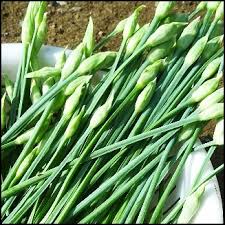
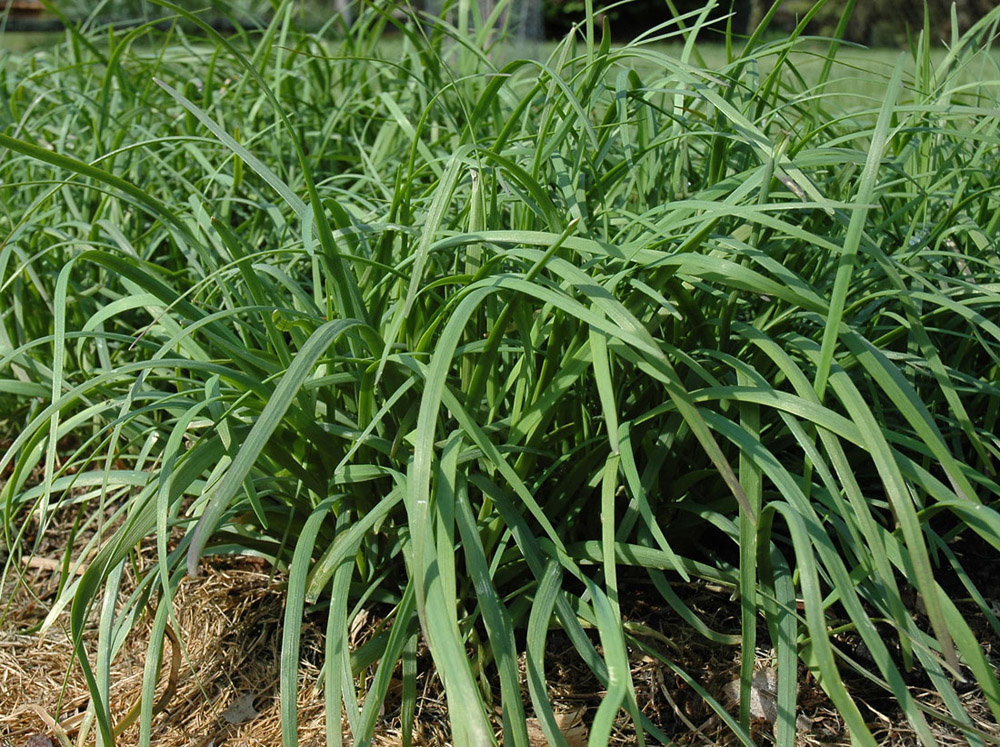
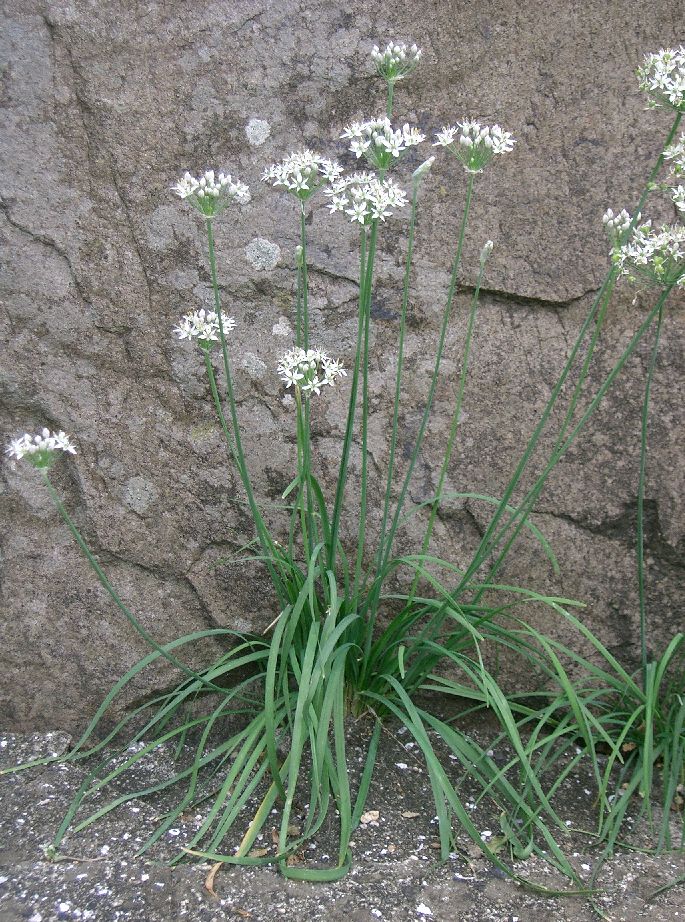
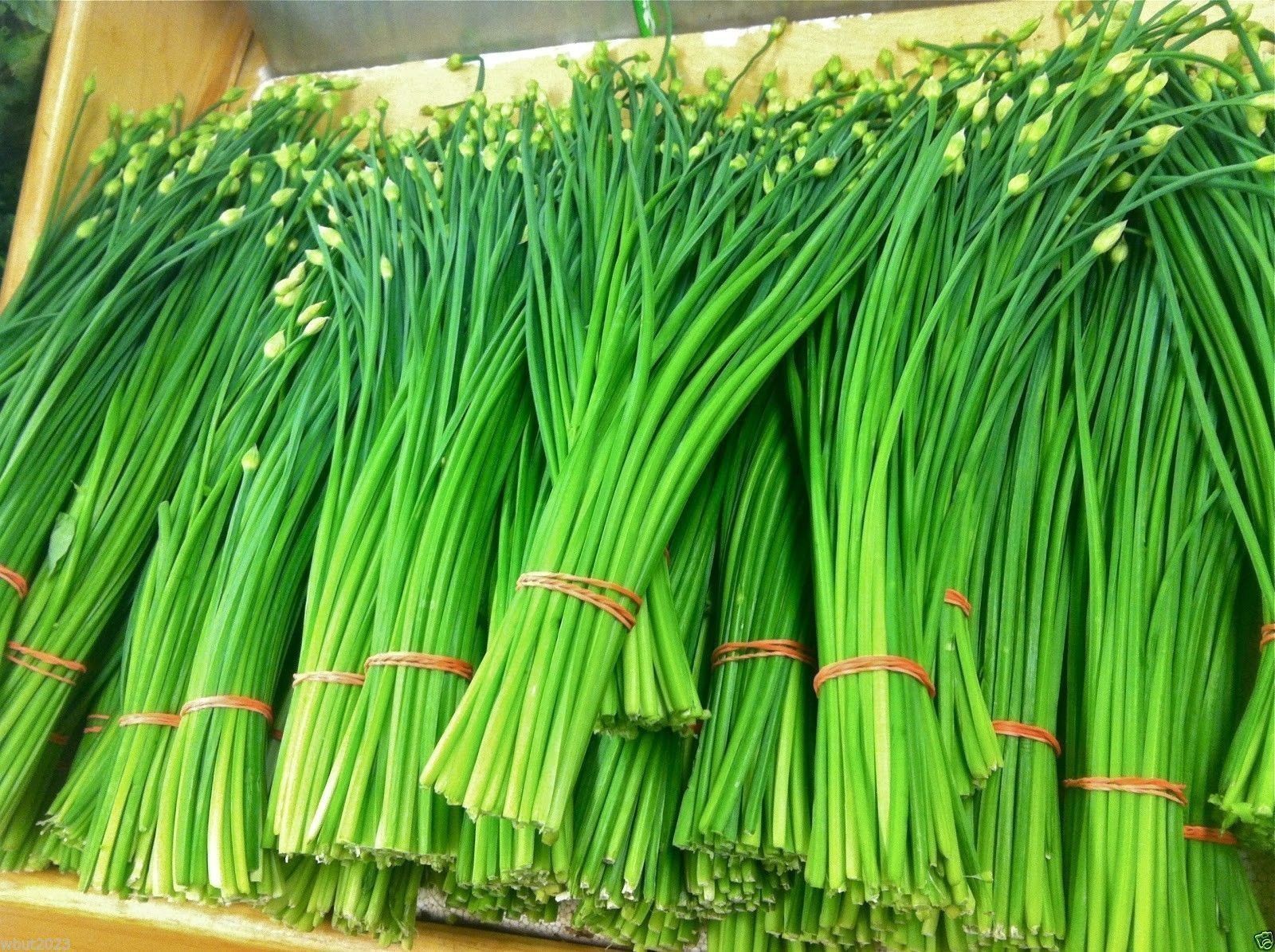

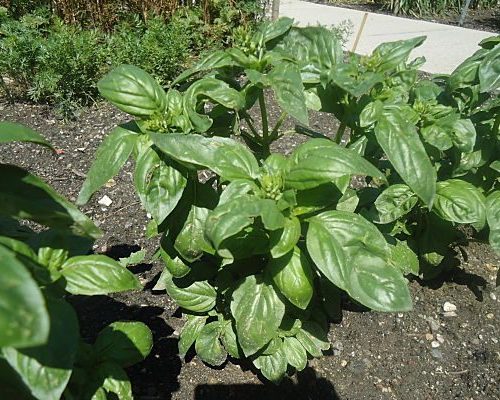
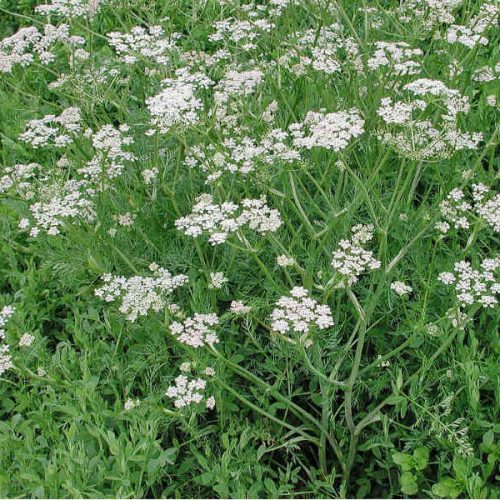
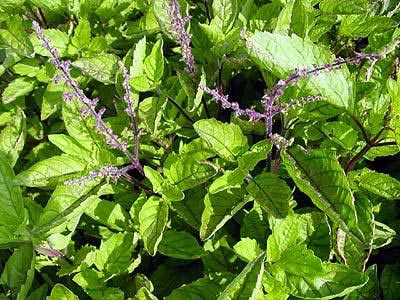
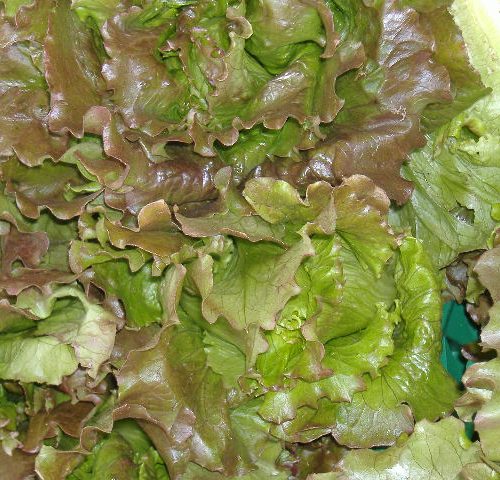
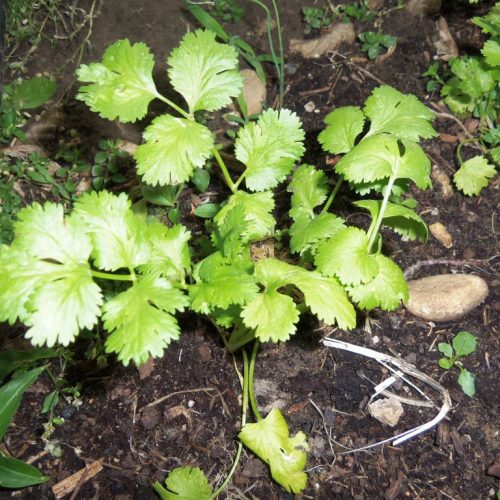
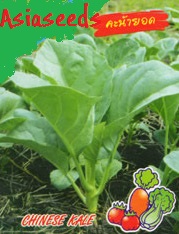
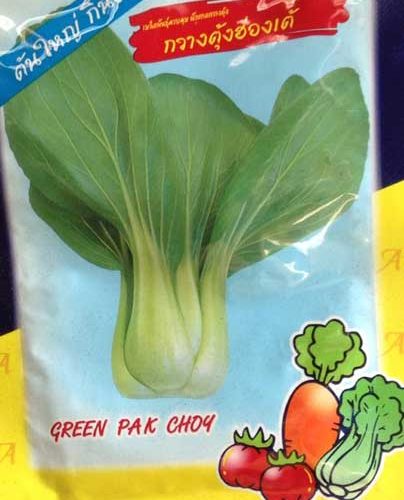
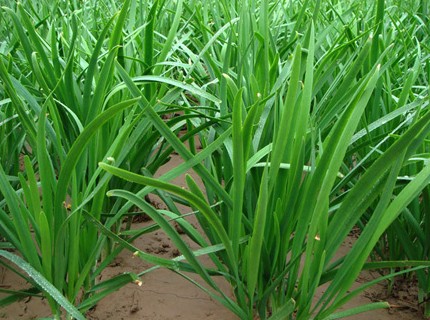
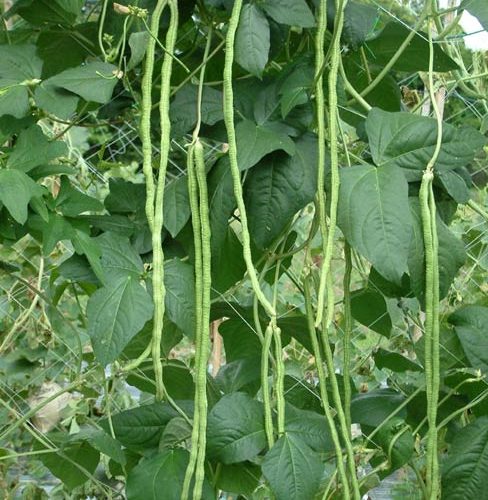
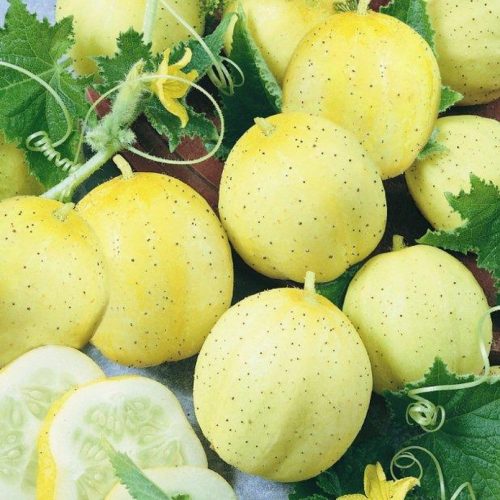
Reviews
There are no reviews yet.